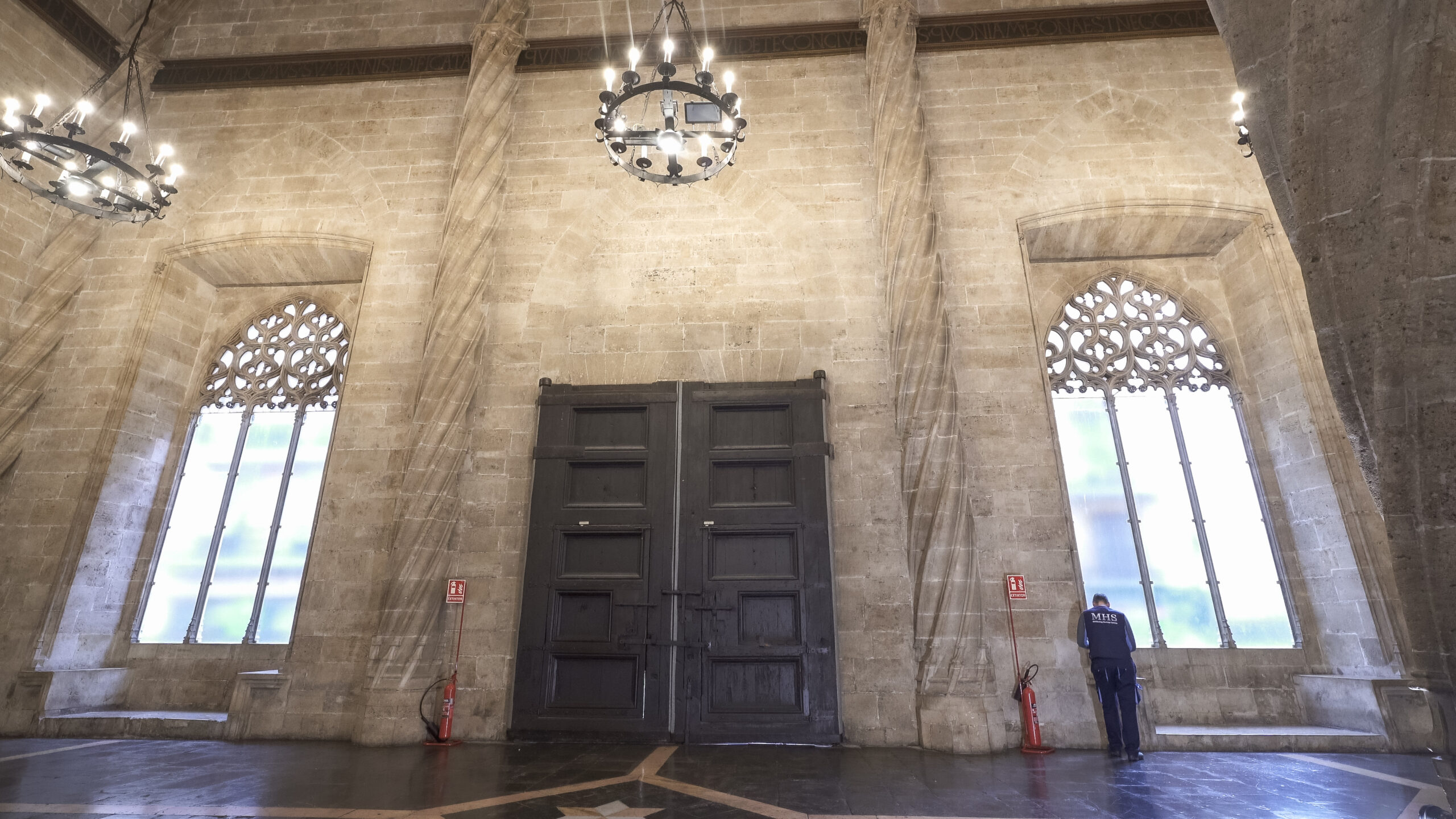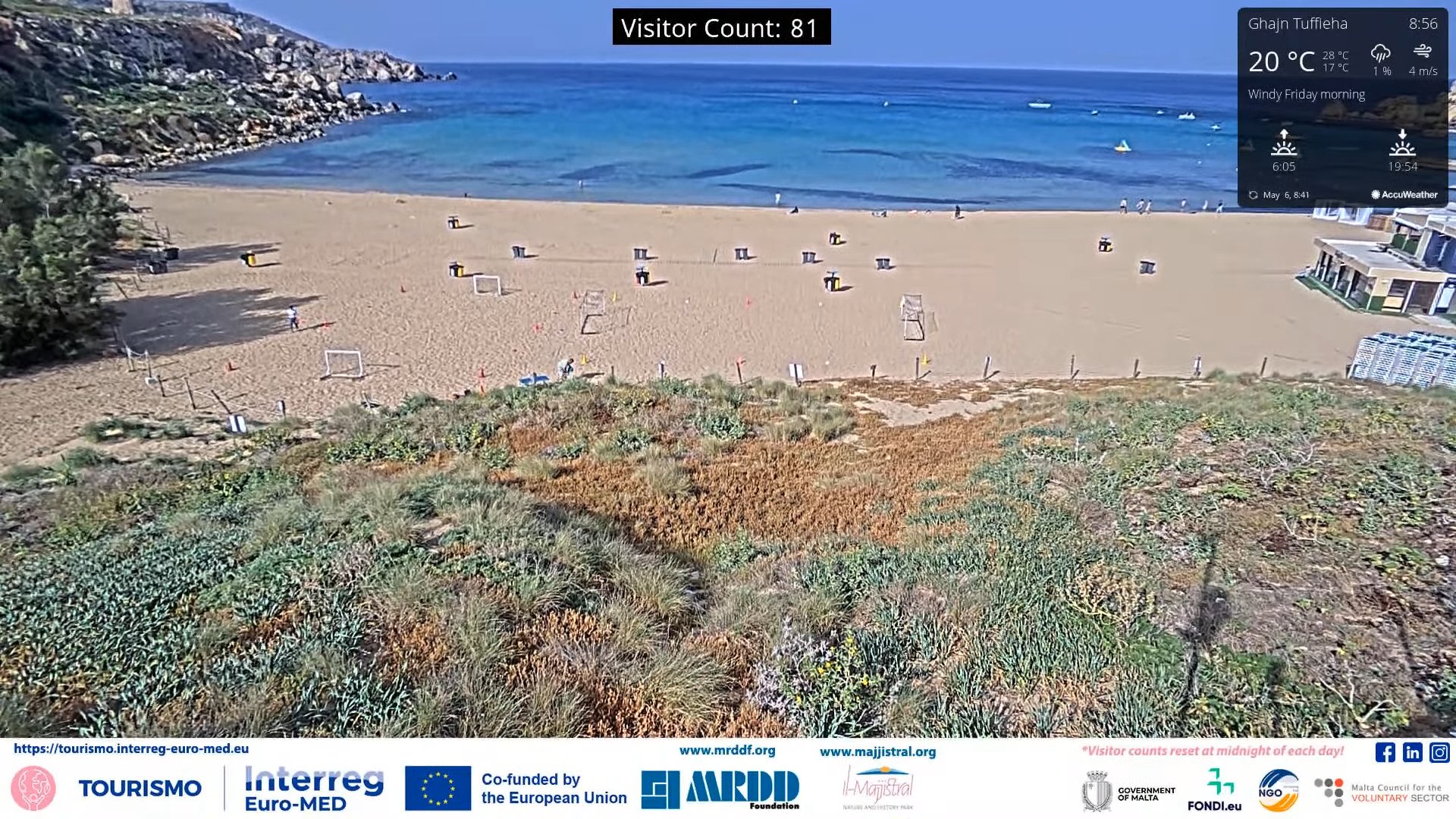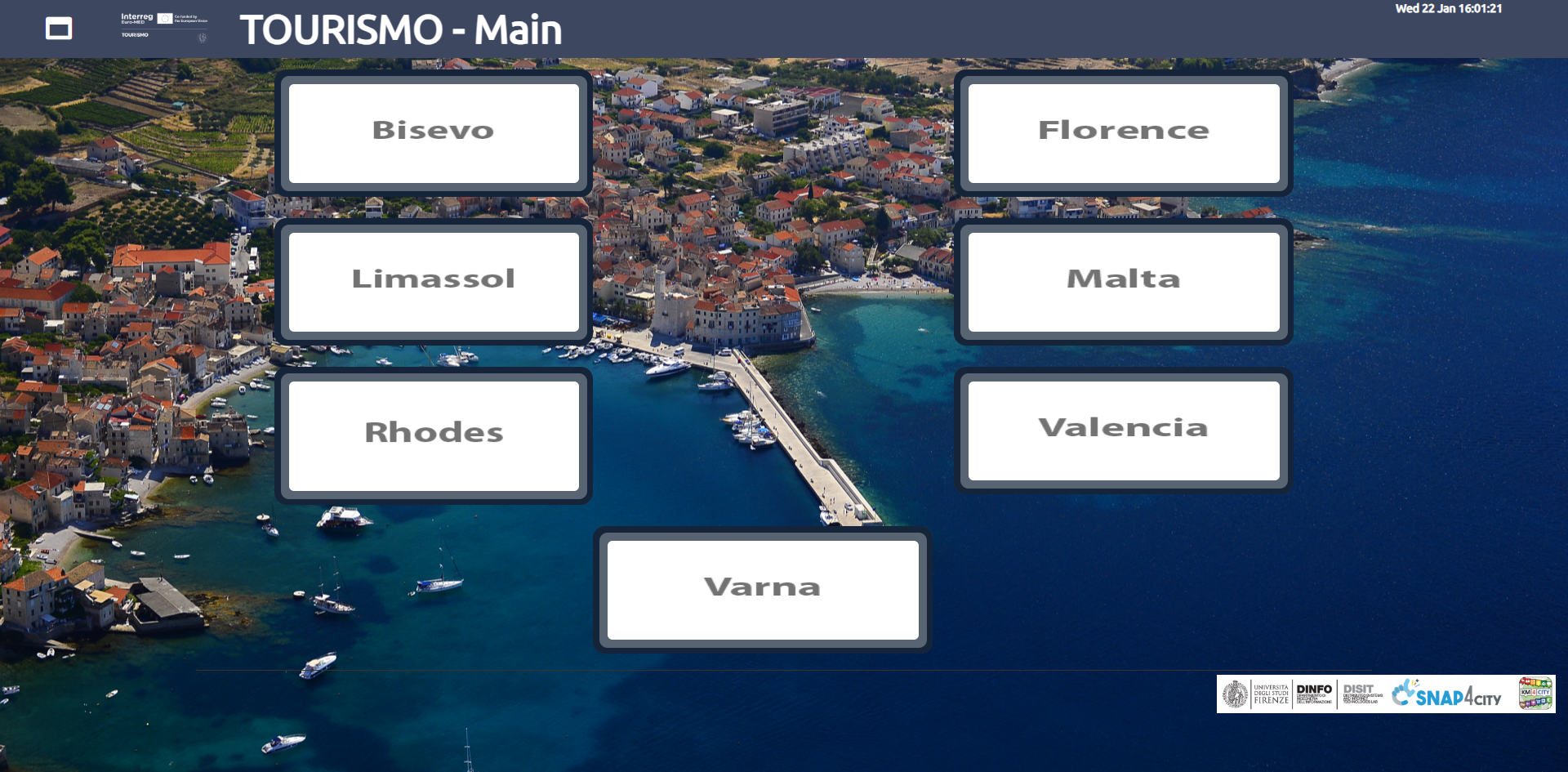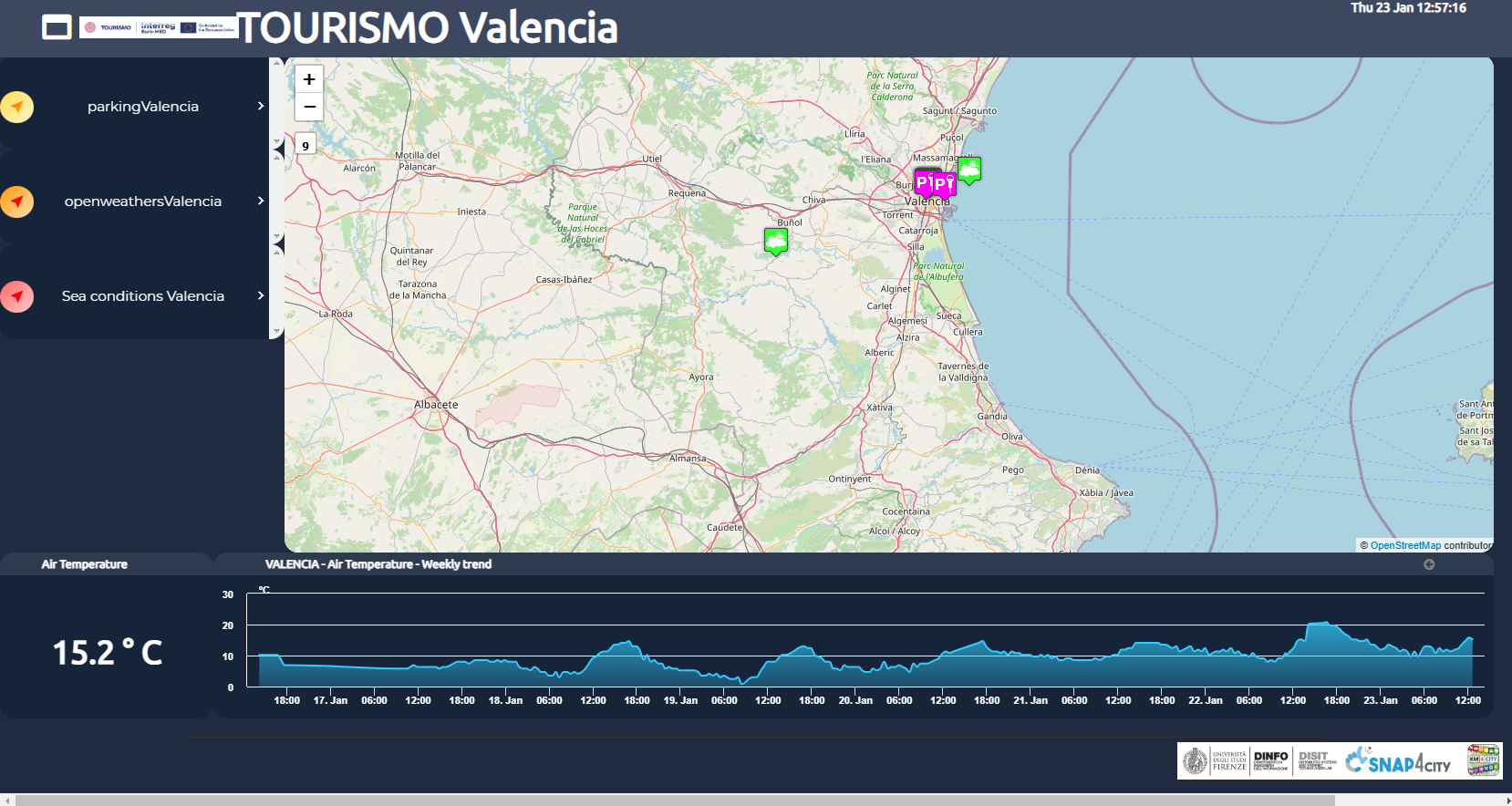
Project Results
Work Package 1 – Design and Setup of Solutions’ Deployment
The aim of WP1 is to analyse the touristic habits and flows, revise the set of tourism indicators to be collected and also gather complementary data and specify the pilot actions in the selected pilot areas. In parallel, HERIT-DATA platform is being fine tuned.
Activity 1.1 – Analysis of touristic habits and tourism flows in the selected locations
In A.1.1, partners -based on a common format- gather and analyze existing data on current tourism flows, tourist profiles and behavior in order to understand how flows are moved, monitored and managed per pilot area. Moreover, they work on interpreting them under a purely spatial perspective per pilot area. Additionally, they elaborate a mapping of the key typologies of stakeholders (public authorities, ports, cultural federations etc.) per pilot area involved in the processes.
- Deliverable 1.1.1 Report on Current Situation and Tourism Flows in the selected areas
A consolidated report with localized sections regarding situation, flows and key stakeholder typologies.

Activity 1.2 – Revision and Enrichment of HERIT-DATA List of Indicators
Under the leadership of the FSMLR, PPs revise and enrich the HERIT-DATA set of tourism related indicators to be collected per pilot area so as to allow new data collection to be ingested by specific feeds, that can be useful for utilization and exploitation by SMEs and other stakeholders under TOURISMO activities. The enriched list will enclose sets of indicators related to sustainability, environmental, socio-economic, governance, management, value chain, impact etc..
- Deliverable 1.2.1 Tourism Sustainability Indicators Report
Enriched list of sets of indicators relevant to TOURISMO pilot actions.
Activity 1.3 – Fine tuning of complementary datasets
The partners identify sources and gather data sets of existing complementary databases that will be used for the analysis during the pilot testing (ie. weather data, tourist arrivals etc.), with emphasis on available open data sources at European, national and local level.
Activity 1.4 – Fine tuning of HERIT-DATA platform
Preliminary work on the existing HERIT-DATA software to adjust to new locations, finetuned to complementary datasets and new indicators to be collected. Set up of Digital Twins of settlements of the pilot areas are being elaborated, simulating plans before implementing them so as to allow intelligence-based challenges identification and effective visualization.
Activity 1.5 – Specification of pilot actions
At this step, the partners design the pilot actions to be performed according to an elaborated common demonstration methodology. The pilot sites’ implementation strategies are being designed and specified based on the available data, the new data to be acquired, the new data to be generated and the corresponding sensors/tools required to obtain the latter. The activity foresees the specification, engagement and involvement of quadruple Helix stakeholders per pilot area through workshops to co-design the pilots through a participatory process, taking into account the needs and the suggestions of different typologies of local ecosystem stakeholders and ensuring usability and exploitation of consequent TOURISMO pilots outcomes and results. This process results in 8 reports (one per pilot action) including the ToRs definition for purchase of equipment (where/if necessary), identification of key stakeholders to be involved in the pilot, selection of indicators and/or data and/or tools and/or methodologies being exploited in the pilot.
Output 1.1 – Toolkit for informed decisions and actions for the management of tourism flows in destinations
TOURISMO joint solution will support the management of tourism flow during high season, improve data collection and effective change in
tourism practices, and promote “responsible tourism” practices, through using state-of-the-art equipment in specific areas/buildings and exploiting HERIT-DATA’s analytics processes. TOURISMO will offer solutions for the establishment of knowledge networks for enabling knowledge transfer on data collection and conducting research on innovative tourism practices.
Work Package 2 – Implementation and Evaluation of pilot interventions
WP2 aims at implementing the pilots, integrate collected data with complementary data to make tourism flows’ predictions and measure the impact of pilots. Additionally, WP2 will deliver a framework on certifying destinations as sustainable.
Activity 2.1 – Pilots on Tourism Flows’ monitoring and tourism behavior’s influence
A.2.1 start marks the initiation of the 8 pilot actions’ implementation in each TOURISMO pilot area for the monitoring and the management of tourist flows, namely: 1.Rhodes city pilot, 2.City of Florence pilot, 3.Valencia port pilot, 4.Limassol port pilot, 5.City of Varna pilot, 6.Island of Biševo pilot, 7.Golden Bay pilot, 8. Valencia City pilot. In A.2.1, pilot leading partners will install the necessary equipment at the pre-selected pilot sites & implement the foreseen activities regarding monitoring of the tourism flows, real-time collection of data & gaining insights from the HERIT-DATA Platform to enable real time decision making. As a result, 8 monitoring reports for the pilot actions (one per action) will be produced. This approach & information will enable responsible PPs to support the appropriate decisions & actions to manage and/or redirect tourism flows in a more sustainable way within the selected area of intervention & thus influence tourism behavior. The target is to pilot test TOURISMO approach during 2 high-season periods per pilot area, during the project implementation.
- Deliverable 2.1.1 Reports on Intervention Results in pilot area
8 Reports will be produced describing the results of the pilot testing for the investments of the project.


Activity 2.2 – Forecast and Sentiment Analysis to Support Future Decision Making Processes
Under A.2.2 PPs will utilize the data collected during the project, along with complementary historical data & relevant open data, available per pilot area, so as to elaborate a reliable forecast about the tourism flows in certain days of interest and their distribution among the day for better management of the tourism flows. Sentiment Analysis where feasible will be performed. This approach will support mid-to-long term decision making processes related to the future tourism flows management.
- Deliverable 2.2.1 Report of Analysis per area
Report per pilot area with predictions of flows for the future high seasons to provide the basis for decision making of tourism operators on how to manage touristic flows.
Activity 2.3 – Development of best practice framework for Certification of Sustainable Tourism Destinations
Partners will analyze from a multidisciplinary perspective (future competitiveness, governance and impact indicators) how tourism destinations
can be certified as “green/sustainable” destinations that enhance the touristic experience but moreover preserve the living conditions of the local communities. An action plan for the application of best practices in the pilot areas will be elaborated, enabling knowledge & experiences transferring and replication to other MED areas.
- Deliverable 2.3.1 Best Practices Guide on tools & strategies for Certification of Sustainable Tourism Destinations
Development of guidelines, set of indicators/data/tools to be considered, possible certification process and best practices development for
Certification of Sustainable Tourism Destinations.
- Deliverable 2.3.2 Action Plan for applying best practices in pilot areas
Development of an Action Plan for applying the best practices in pilot areas to facilitate knowledge & experiences transferring and replication to other MED areas.
Activity 2.4 – Evaluation of Pilot Actions
This activity foresees the development of a Common Methodology to evaluate the progress on the pilot actions and the achievement of the initial objectives to measure the effectiveness and efficiency of the actions undertaken, consisting of the roles, tools and steps that will be applied during the Activity. The consortium will use a set of effective evaluation tools, consisting of questionnaire, qualitative and quantitative indicators and special forms. Each pilot site will perform its own evaluation according to the common methodology developed, to be presented in an overall report. The evaluation impact of the pilot actions’ results will strengthen the mutual learning process among partners, as well as the impact of TOURISMO approach in the involved territories and key stakeholders. .
- Deliverable 2.4.1 Evaluation Report
Evaluation report applying the methodology previously developed. Use of data from all pilot sites and compilation of overall report.
- Deliverable 2.4.2 Impact Assessment of Pilot Results
A critical step will be to assess the impact of the pilot actions in the involved territories on how tourism experience is affected but also living conditions for the regular population of the area.
Output 2.1 – Cooperating at local and transnational level in designing, specifying, implementing & assessing 8 pilot activities for the monitoring and management of tourism flows
We foresee the direct transnational cooperation of the 10 TOURISMO partners plus 16 AOs, cooperating actively & increasing their institutional capacity during the project, through specifying, implementing & assessing pilot actions for managing tourism flows in the 7 local tourism ecosystems and transferring results to stakeholders. Indirectly at least 247 stakeholders will be engaged in the project (42 active in the 7 local ecosystems, 105 in local engagement workshops & 100 in conference).



